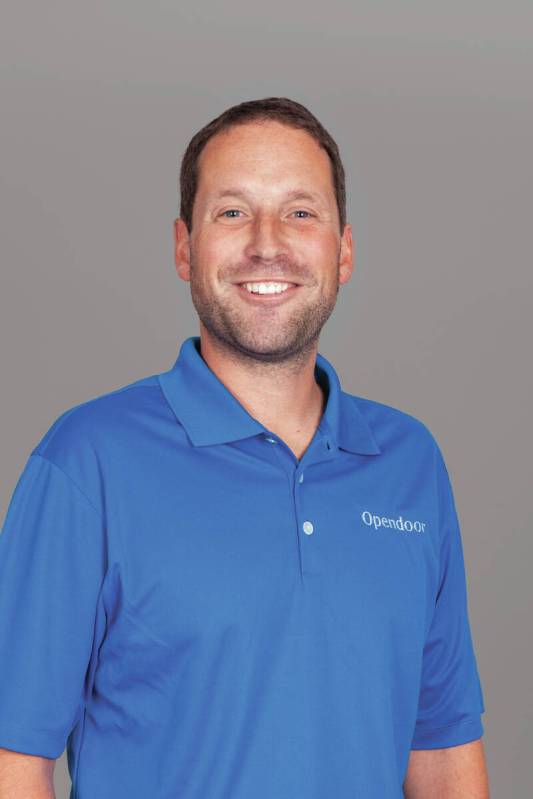Mortgage tips for homeowners and buyers

Recently, the Federal Reserve raised interest rates by a quarter point. With up to six more rate increases earmarked through the end of the year, homeowners with an adjustable rate mortgage (ARM) will likely begin scrambling to convert to fixed-rate loans, while new homebuyers will jump on purchasing a home sooner rather than later to lock-in lower loan rates. Here are a few things homeowners should know about fixed-rates v. ARM.
Understand how and when an ARM resets
ARMs allow homebuyers to lock in a rate for a set amount of time, such as three, five, seven or 10 years. When that agreed upon period of time ends, the mortgage resets to a rate that is tied to a specific index, such as the London Interbank Offered Rate (LIBOR), plus some margin.
While interest rates can go up or down, based on the index, some ARMs have a cap on how high your rate can go, and also a floor on how low your rate can go.
Also, while adjustments to the interest rate typically happen once a year after the initial fixed-rate period, some ARMs adjust more frequently, which causes more volatility in your monthly mortgage payment. Make sure you fully understand all of these aspects of the mortgage you are considering.
Who is an ARM right for?
Because ARMs allow for flexibility and lower payments during an initial set number of years, they can be ideal for homebuyers who plan to stay in a home for a shorter period of time.
For example, if you have a high likelihood of relocating after four or five years, choosing a 5/1 hybrid ARM could be a wise financial decision, and save you thousands of dollars over what you’d pay with a traditional fixed-rate mortgage. You should also consider whether, based on your current or expected future financial situation, you would be able to afford the higher payments when the rates adjust.
When should you choose a fixed-rate mortgage?
If you plan to stay in your home for a longer period of time, a fixed-rate mortgage that won’t be subject to fluctuations may be the best option for you. In the current environment, interest rates for fixed-rate mortgages and the initial fixed period for ARMs are roughly equal, so there’s less chance that ARMs will result in savings — and less incentive to take on the risk of future rate increases.
That said, in a high rate environment, a fixed-rate mortgage can be more difficult to qualify for because of the higher monthly payments.
Why should homebuyers aim for 20 percent down?
Putting down 20 percent or more is an important goal for those who want to lower their interest rate and reduce their monthly payments and would like to build equity in their home. It can make the home more affordable by helping you save money over time with lower interest rates and monthly payments.
However, putting down 20 percent upfront can be a significant amount of money for most people. Our latest report found 82 percent of Gen Xers and 93 percent of millennials say they need to save up before dishing out that much cash.
Andy Swanton is Opendoor’s regional general manager and is based in Southern California.